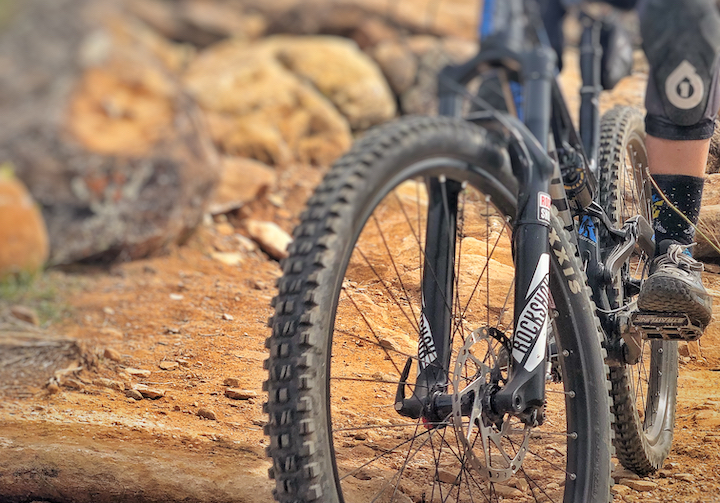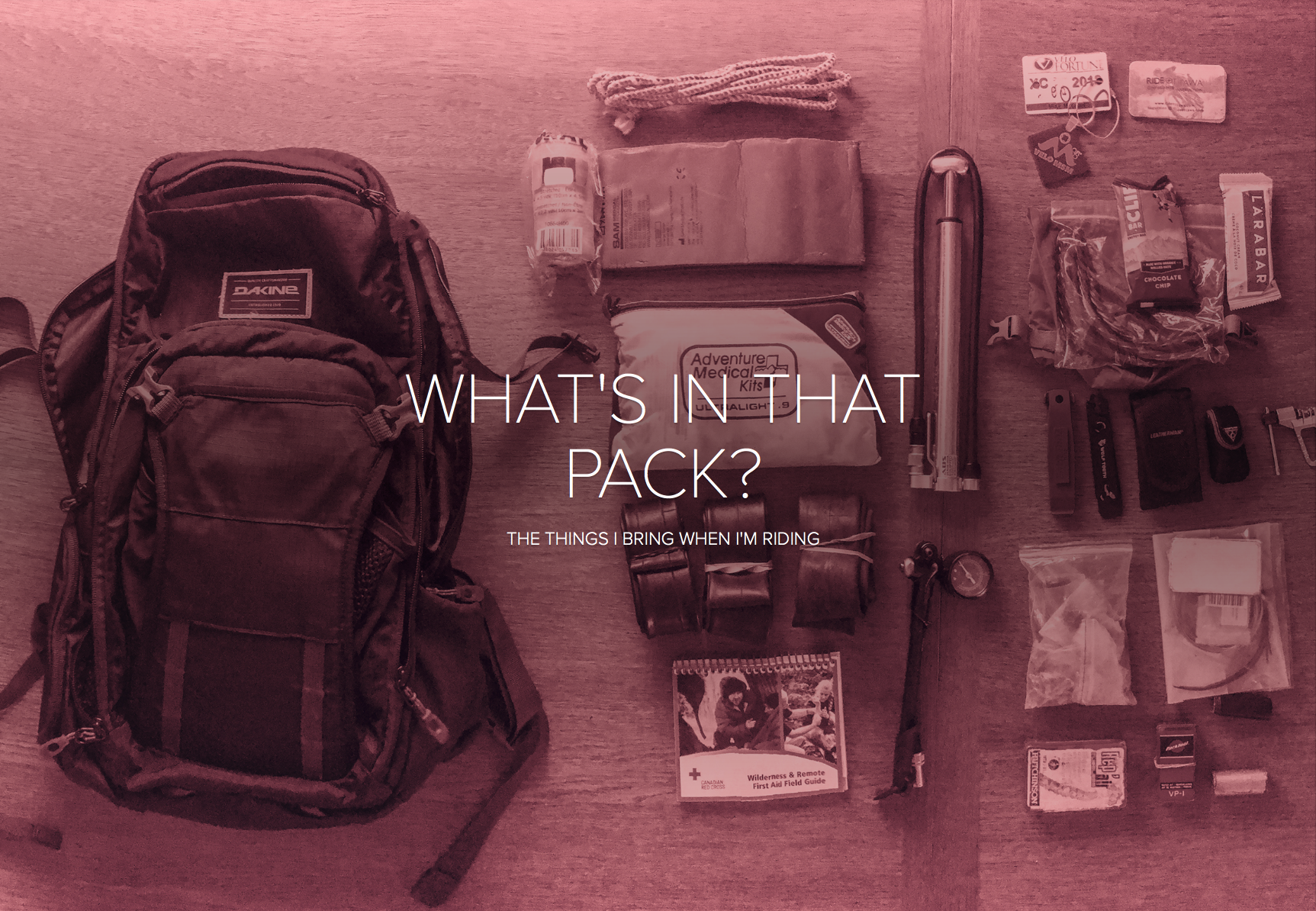What I Have Learned Switching From Clipless to Flat Pedals

A few weeks ago, James Wilson (www.bikejames.com) revisited an old post of his about industry stereotypes and pedals. Specifically in this post, he criticizes why the bike industry, and many bike riders, are so bullish on clipless pedals. James writes a lot of posts that challenge conventional or historic MTB theory, and while I'm not always a huge fan of everything of his, the dude is an accomplished coach and trainer and does put in a lot of time questioning the status quo and looking at how so called "norms" apply to normal riders. James also markets and sells his own flat pedals, so he is pretty committed to his point of view. You can decide for yourself what to take and what to leave from his writings. Also, I searched for comparative articles that discuss the benefits of clipless pedals and there is very little online that says anything other than "you can pull up for a smoother stroke" (which James debunks in the manifesto) or "thats what the pro's use so just get used to them". Or lots of marketing spiel.
Writing this post I came across James’ Bike James' Flat Pedal Revolution manifesto which covers off many of his arguments and findings in detail and is worth a read. It seems to me that I have pretty much been doing what he suggests in his manifesto. My personal observations and notes are written below.
I still like my clipless pedals a lot, and I am a supporter of any MTB material that helps riders to make informed choices about what works best for them. This includes fact based studies (rare), intelligent and informed opinions by people in the bike or fitness industries (somewhat rare), a occasionally thoughts and descriptions by my favourite racers or personalities (because I LIKE Greg Minaar and I think Seth works hard to learn).
I have been working on my MTB certification to advance to the next level, and I have to be able to do certain skills well such as jumping. I have always been a mediocre jumper and weak on drops over a few feet high. So, I needed to improve myself. I know, in theory, what I am supposed to do when jumping and dropping, but have never felt very stable or solid.

So what have I learned after switching ?
- Everyone on clipless pedals is cheating. Myself and others that I have instructed who uses clipless pedals is pulling up when they execute rear wheel lifts, preloading the bike, or attempting to jump. I don't care how much you try to execute a proper preload by compressing through the crank and exploding off the pedals, you will also lift your feet as a reaction to the action. This is not necessarily the end of the world, but i’d say this makes everyone with clipless pedals lazy. This results in poor technique and by that, I mean many, if not all, clipless riders will only preload with ½ the necessary force because they end up lifting to achieve height. Most riders are using a too-slow, artificial lift using their legs to raise the rear wheel instead of using their legs to compress down into the trail, explode up and then control the resulting forces. This is bad and affects your ability to drop, lift either or both wheels, manual, and bunnyhop. So, a lot of important trail moves are compromised. Flat pedals provide a much larger and effective platform to compress with; more area for your foot and shoe to push against equates to better power transfer and bike loading. Once I switched I realized just how small the cleat interface on your clipless shoe and pedal is, and how much power is being lost into my shoe when compressing. And I tested this with different clipless shoes too. Even super-stiff, uncomfortable shoes are not doing much to help this scenario. After I switched to flat pedals and shoes and watched video of myself, this was obvious to me. Correcting this alone has substantially improved my jumping and drop mechanics. This is the #1 reason to switch to and practice on flats.
- My climbing performance is NOT compromised because of flat pedals. I would say that anyone using good body position, hovering and standing techniques will likely be just as good climbing anything on flat pedals. My clipless pedals do provide more clearance over rocks and other trail obstacles than my RaceFace Atlas flats, so timing pedal strokes and using ratcheting are more important on techy climbs and in rock gardens than with clipless pedals and shoes. If you don't have those skills, then switching to flats at first seems to make climbing harder. But I think may riders are compensating for medicore technique when using clipless. I am PR'ing my favourite climbs on flats. The biomechanics, if not the same, are not less effective, just different. On technical terrain a lot of riders LIFT their rear wheel when climbing over obstacles which is a learned technique and can be effective, but success is easily restored using improvements in body position and hovering or standing in place of lifting, which I will argue are better, correct techniques you can apply in more situations. Hey, lift using your feet if it helps you, nothing wrong with that. But if that is your ONLY tool for climbing, then you are limited. Flat pedals require some other mechanics which are worth learning.
- Downhill performance is +10x on flats. Just ask a downhiller. Flat pedals provide several benefits when descending; better power transfer through your cranks, greater range of foot position and rotation, ease of adjusting heels down, quick and easy removal of your feet from the pedals. Good body position, range of motion and angulation are maximized with flat pedals. This is why most DH riders are on flats. (Yes, I know the UCI DH riders are mostly on clipless pedals. Professional riders have much better and precise techniques and I'm guessing they work on techniques regularly. Most riders never work on skills. Ever.) I really do like the secure and positive foot placement that clipless pedals give me when I ride rough stuff, mostly because I can be lazy when clipped in overall, but flat pedals allow me to be far more dynamic on my bike which allows me to use greater range of motion and body position for everything. I especially notice how much better I corner on flat pedals.
- Safety is better on flats. Even though I am accustomed to riding difficult features on SPD's, I am discovering that being able to instantly jump off my flat pedals is giving me confidence to try harder lines and maneuvers including jumps and bigger drops (although that is combined with better drop techniques). When practicing manuals, flat pedals are almost mandatory because when you loop-out on a manual, SPD's will not release when you pull back off the pedals and you can end up on your ass in the grass. For practicing manuals alone, get flats. I teach lots of beginner and intermediate riders, and FLAT PEDALS are the single biggest contributor to safely learning and building confidence. EVERYONE remembers the first time they could not clip out and fell over on their bike. This effect results in many crashes on the trail where moving your foot off the pedals could save you from crashing. Crashing is bad and hard and results in a massive loss of confidence for every rider. Just because you have clipless pedals on your road bike is not a reason to put them on your mountain bike. And don't get clipless pedals for your kids please. Just don’t.
- Overall efficiency is.....different. All summer I have been systematically riding my favourite trails. First on clipless (like always) and then on flats. Each time, I feel "better" on flats. Almost every descent is faster, but I'd say it's just more fun all the time. On climbs, the Strava times indicate no difference. NO DIFFERENCE. Sometimes I miss a hard, punchy feature on flats, but this is currently because my timing of pedal stokes is off a touch and I haven't yet adjusted. (It takes a while to unlearn 20 years of clipped in muscle memory) Sometimes your foot gets ‘stripped” off of a flat pedal by a rock or root, which can be unnerving at first. Learning to put your foot back on flat pedal in the correct spot requires some new muscle memory learning too. And flat shoes with pedals are surprisingly sticky and sometimes hard to adjust at speed which is something else to learn. Right now, at the end of my rides, I'd say I feel more tired after riding on flats, but then I've only been on them since May and I suspect some muscle adaptation is in process. And I'm splitting hairs on this. It's really just some calf fatigue I'm feeling. This is really obvious on long XC-ish rides (20km) I'd say there is some greater efficiency in using clipless pedals, but for me it is mostly on longer rides. Overall, for the style of riding I do, I think I am having MORE FUN on flat pedals. (maybe because it is still a little new and I like the challenge)

No, not necessarily. If you are not interested and open to learning new and proper techniques, then you are likely to hate the differences and resist the need to adapt. If you don't take the time to learn, you might see SOME benefit in terms of confidence, safety, and maybe body dynamics. But you won't necessarily get much improvement. Flat pedals might make you feel like a noob and change where you sit in your pack of friends on weekly rides.
But if you think switching to flats will make you a better rider overnight without any additional effort, it won't. You will need to do 3-5 rides to adapt your basic riding and build flat confidence and techniques. If you are just starting or getting back into riding after some time off, then I’d say, yes, ride flats for a few seasons or forever. It is safer and your confidence will grow quickly.
Looking for more info on cycling techniques?:
